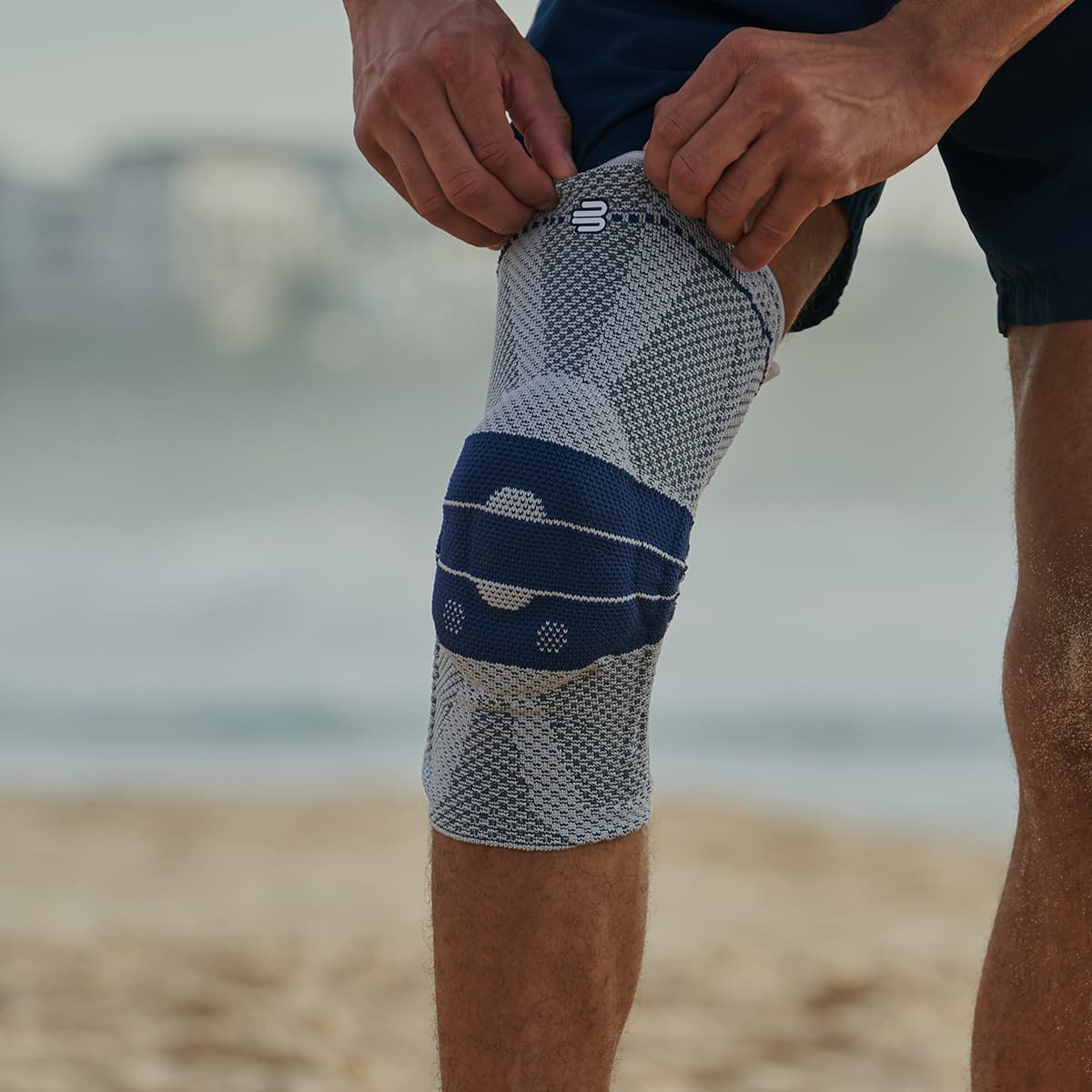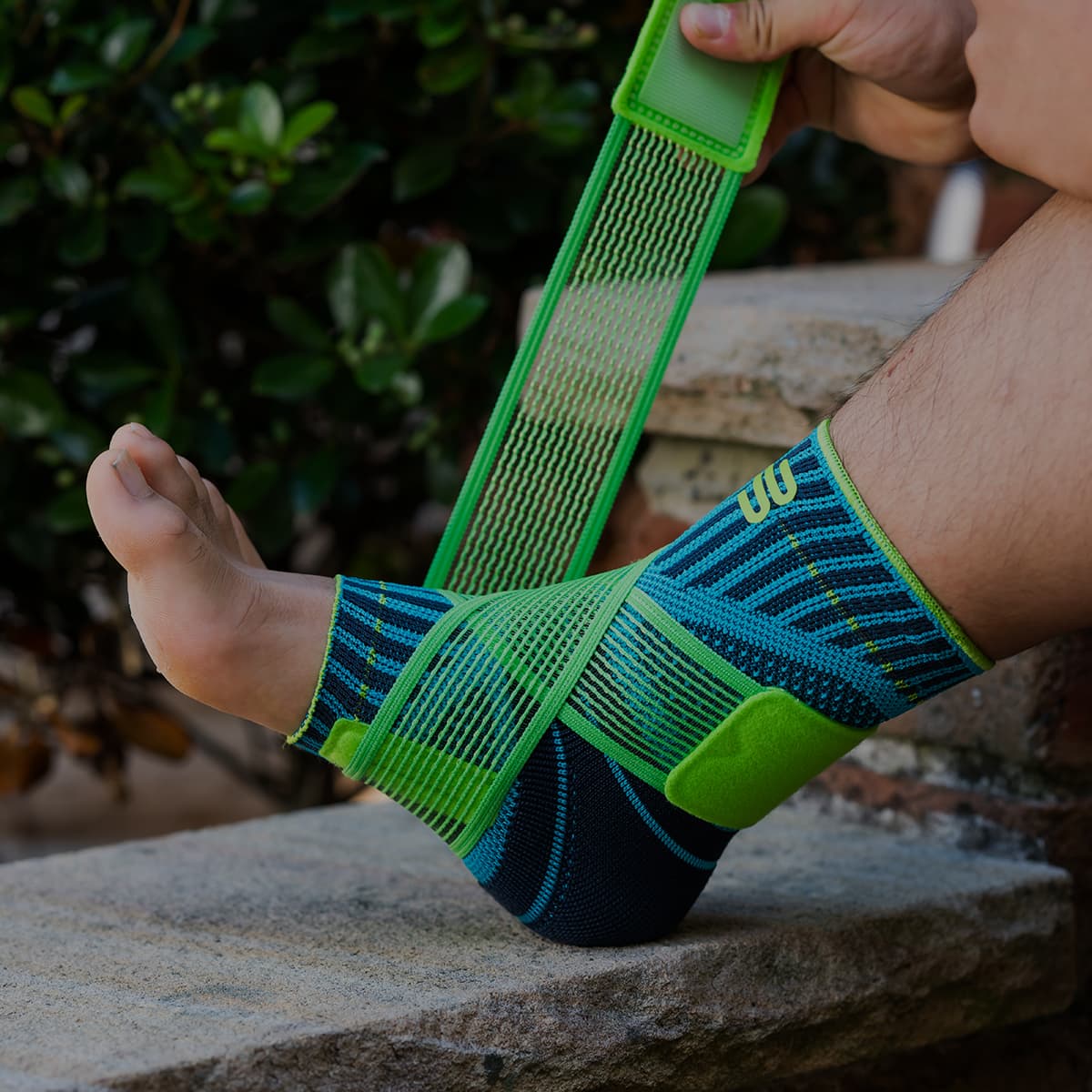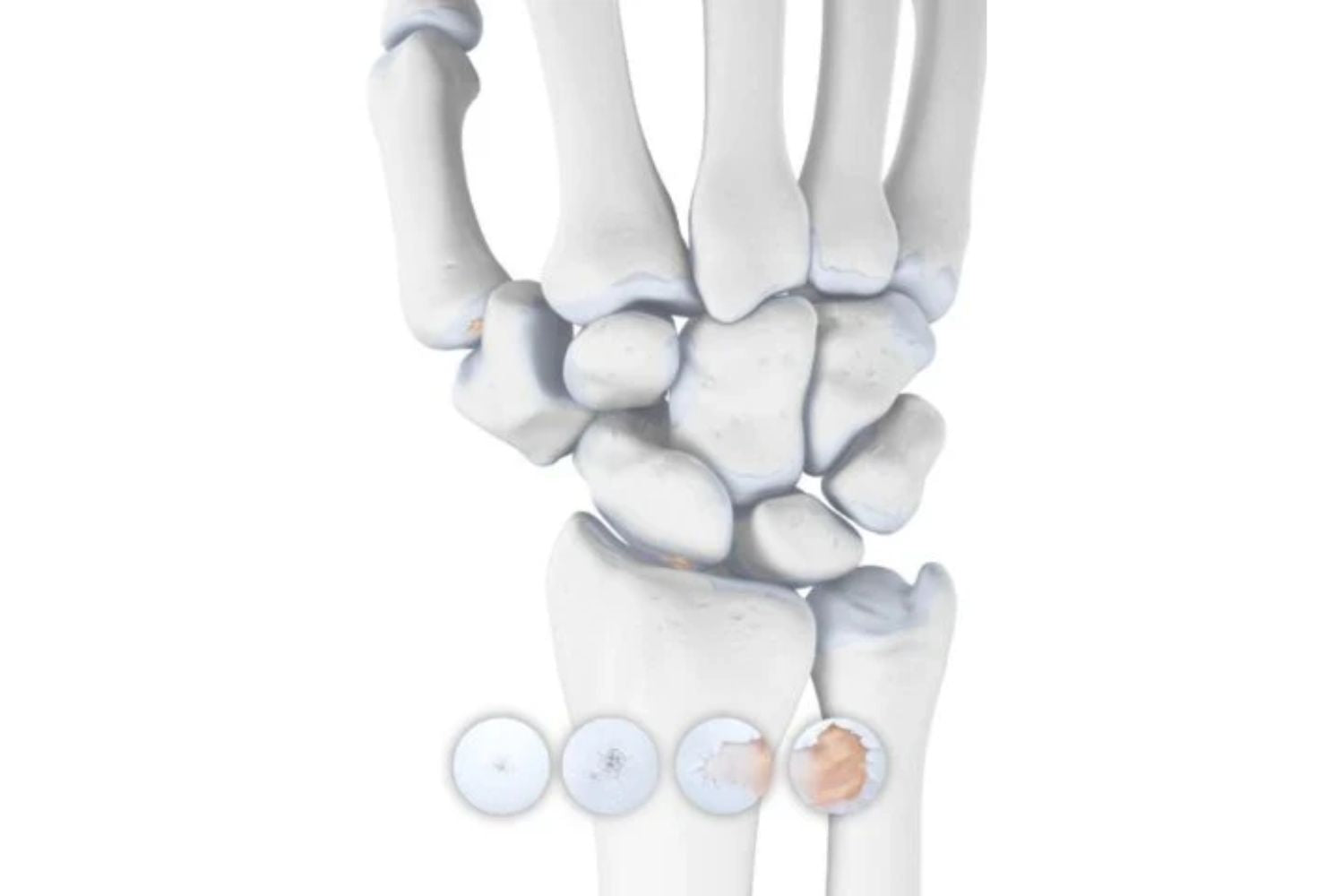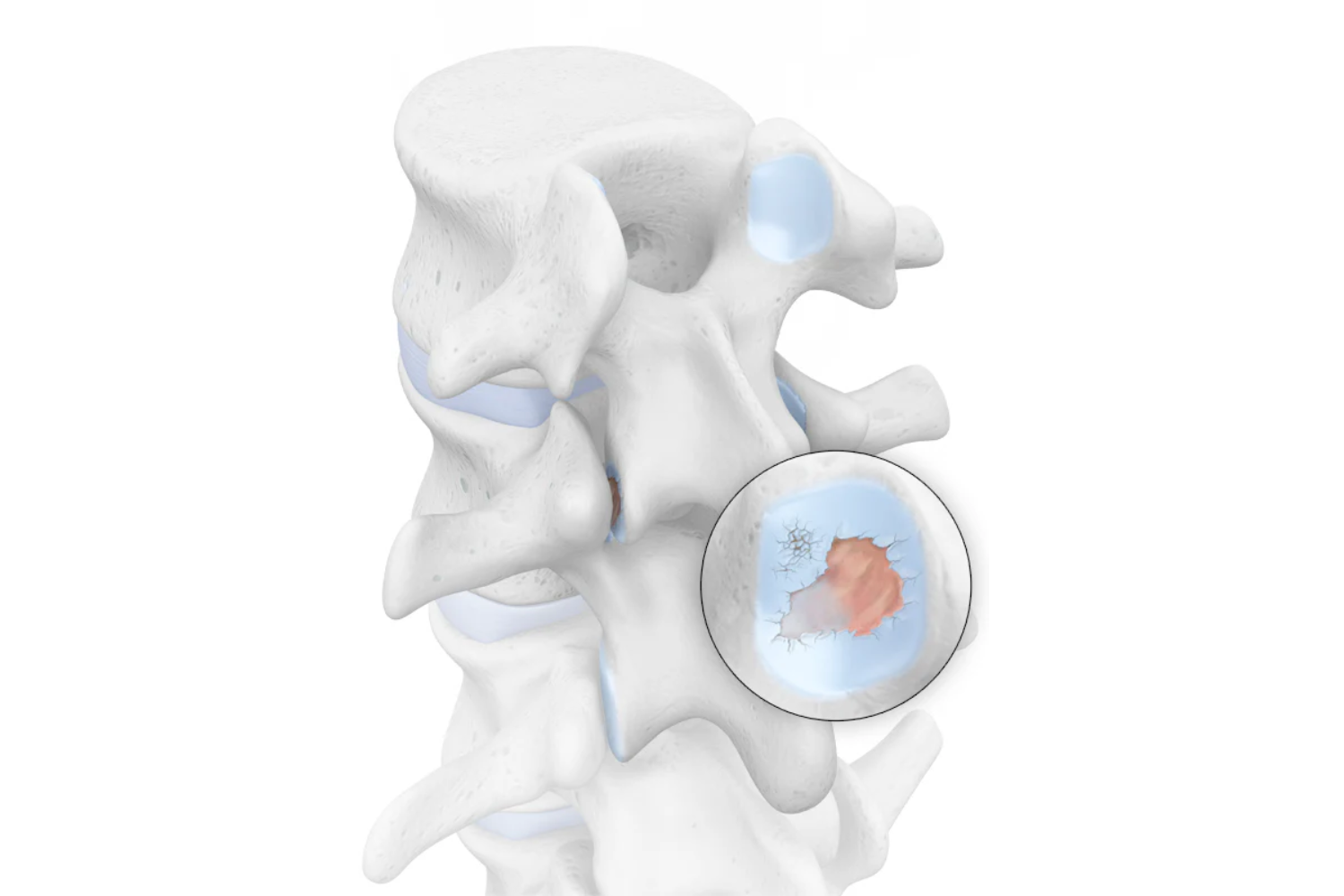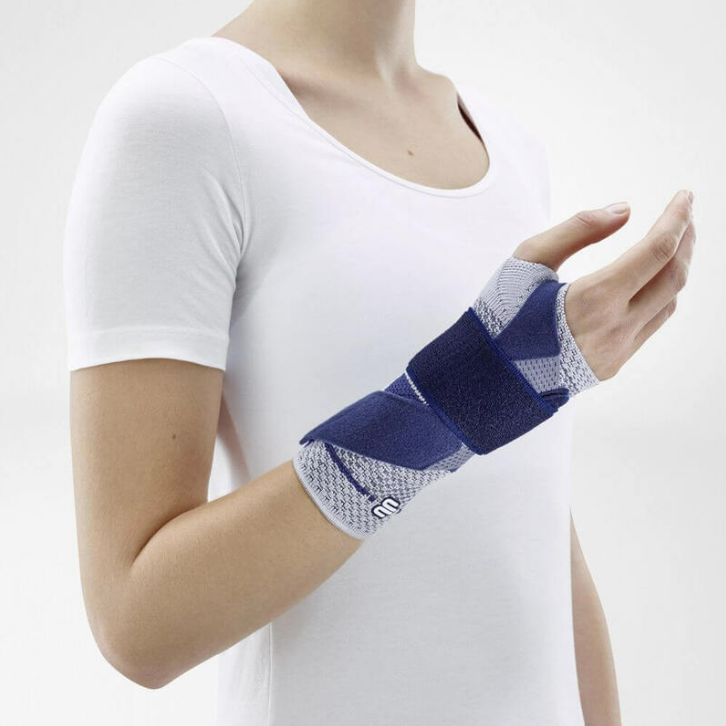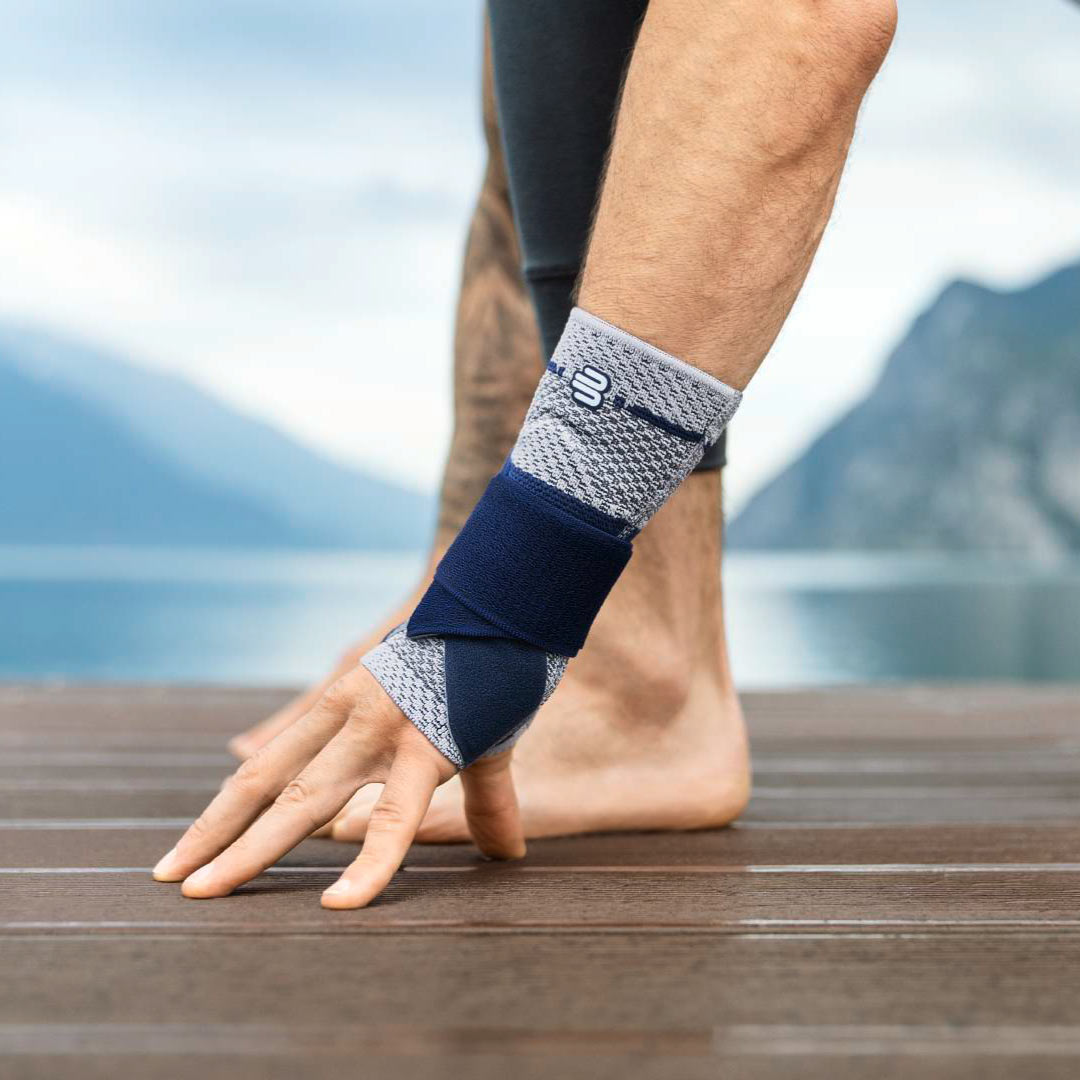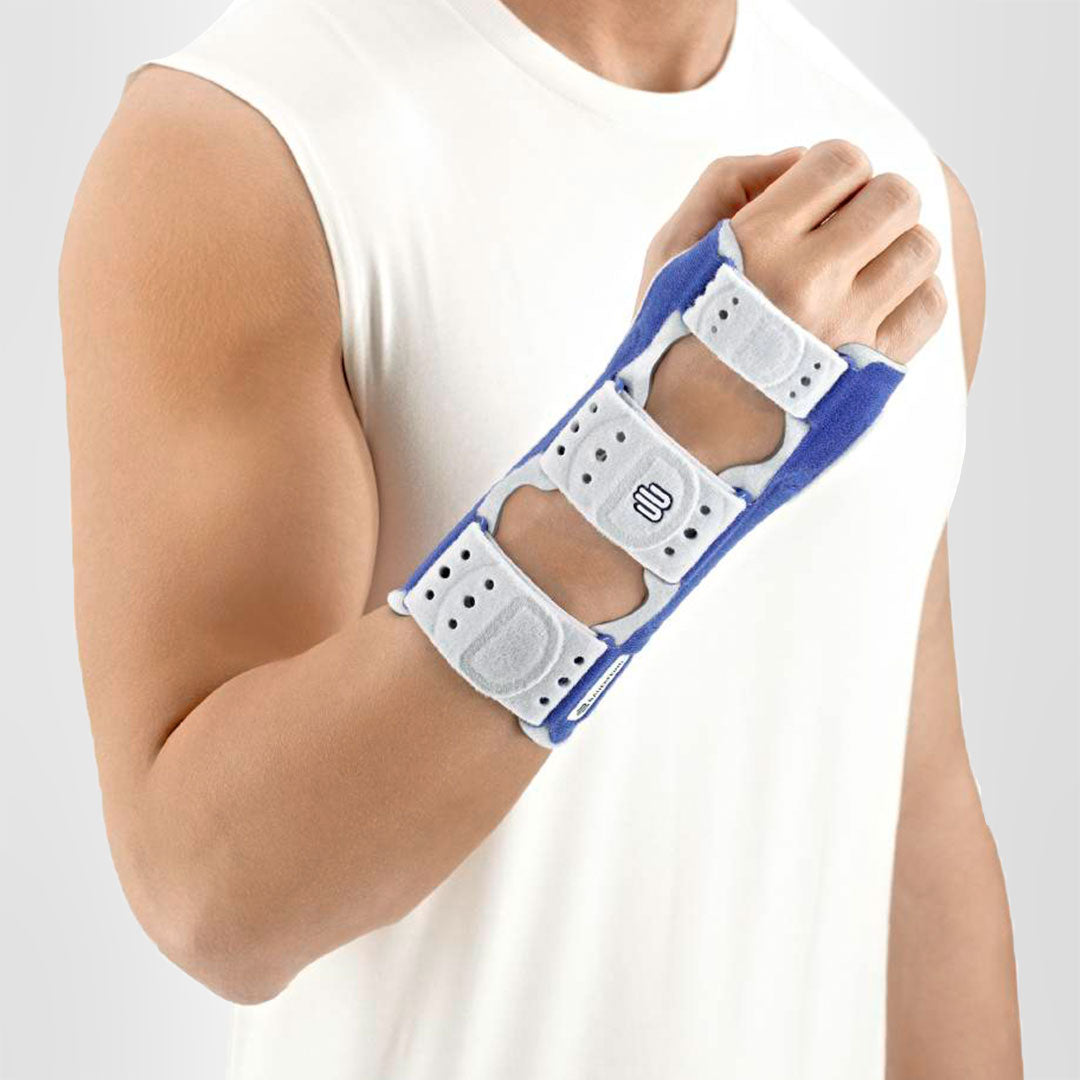Wrist Osteoarthritis: Pain, Swelling, & Restricted Mobility of the Wrist Joint
Wrist osteoarthritis is a degenerative disease of the wrist joint. Patients with this condition experience pain, swelling, and restricted mobility.
In mild cases, the symptoms can be addressed, and the progression of the disease can be effectively managed. However, in chronic cases, the wrist joint is severely compromised and could require more invasive measures, i.e. surgical intervention.
Causes of Arthritis in the Wrist
Osteoarthritis is a degenerative disease, and based on its root, there are two distinct types: primary (internal) and secondary (external).
Primary Wrist arthritis is somewhat mysterious. The true root of the disease is unknown; however, scientists suspect a hereditary disposition could be the trigger. Not all carriers of the gene manifest symptoms; however, age seems to play a pivotal role.
Secondary Wrist arthritis is easier to diagnose as it has a clear origin. Risk factors for developing secondary wrist osteoarthritis include:
- Sporting accidents or physical trauma to the wrist (hand surgeons refer to these as post-traumatic arthrosis).
- Badly healed fractures from the past.
- High-intensity physical activity, i.e. professions with high load on the wrists, including musicians and construction workers.
- Pre-existing conditions such as rheumatism and gout disease.
Wrist Osteoarthritis Symptoms
Mild Case of Arthritis in the Wrist
In mild cases, the first symptom of wrist osteoarthritis is constant pain in the wrist. The pain stays even when no external pressure is applied to the joint, and a patient experiences a burning sensation in the surrounding wrist area.
Patients typically feel pronounced pain early in the mornings, because the wrist joint stiffens overnight and typically decreases with movement during the day.
Chronic Case of Arthritis in the Wrist
In chronic cases with long-term joint wear and tear, the cartilage in the wrist is severely compromised. The associated pain intensifies, and the patient experiences severely restricted mobility and stiffness of the joint.
In the worst-case scenario, the buffer between the bones may get worn out and result in bones rubbing against each other. This can result in significant swelling and redness of the surrounding skin. Complications, such as bone growths, in these areas are a likely possibility.
Immediate medical treatment is highly advised to limit the damage and progression of this degenerative (irreversible) disease.
How to diagnose arthritis in the wrist
An effective diagnosis begins with seeking professional medical advice. A specialist begins with a thorough patient history and a complete physical examination of the wrist.
Wrist Arthritis X-Ray
Typical cases of wrist arthrosis are found between the scaphoid and carpal bones in the joint, like in rhizarthrosis. Sophisticated imaging technology, including X-rays, MRIs, and CT scans, can help localise the diagnosis and provide details on the progression of the disease.
With the help of imaging technology, the physician can easily study cartilage damage and determine the presence of bony growths in the wrist.
Treatment for Wrist Osteoarthritis
Treatment for wrist osteoarthritis depends entirely on the progression of the disease. In cases of trauma and injury, a brace is highly recommended to immobilise the joint.
Providing ample support and stabilisation to the joint can help control the damage done to the wrist and hasten the recovery process. Early intervention is the best course of action to prevent degeneration.
Rehabilitation, Physiotherapy And Occupational Therapy
Regulated occupational therapy helps with targeted muscle training and has been proven to be an effective treatment path.
Prescribed physiotherapy exercises can also help promote muscle reorganisation and are the most effective option for curbing the disease.
Encouraging healthy proprioception and strengthening the wrist muscles helps prevent long-term degeneration and can slow the progression of Gonarthrosis.
Regular targeted exercises are highly recommended to help maintain the mobility and effective functioning of the joint.
Prescribed Painkillers
Medication, such as Ibuprofen or Panadol, can help alleviate pain and discomfort in patients. Pain, however, is a crucial indicator of the injury. Painkillers merely mask the pain without addressing the underlying condition. Long-term use of painkillers has side effects and may be counterproductive.
Medical Wrist Brace
Wearing a wrist brace can significantly improve a patient’s quality of life. It helps to reduce pain and discomfort around the wrist joint by relieving the joint. Wearing a Bauerfeind wrist brace, like the ManuTrain Wrist Support, can minimise your chances of further injury by providing enhanced stability, proprioception and medical-grade compression. This is not found in simple neoprene sleeves and braces and can be instrumental in a speedy recovery.
Surgical Intervention
Operative surgery is considered only in extreme cases where symptoms are persistent, and all conservative treatments have been exhausted. In chronic conditions, there are two reliable options patients have:
Resection arthroplasty: the surgeon removes a section of the joint to relieve symptoms; however, the patient may experience a significant loss in strength after the resection.
Partial or complete arthrodesis: The surgeon inserts screws and titanium bolts into the wrist to provide stability and reduce the load on the joint. However, patients typically experience a reduced range of motion.
Both options are highly effective in counteracting the symptoms of chronic wrist osteoarthritis. However, surgery is risky, and any decision regarding a surgical path should be weighed against the downsides.
What is the best hand and wrist support for arthritis?
ManuTrain Wrist Support
Medical wrist braces, like Bauerfeind’s ManuTrain and ManuLoc Wrist Braces, are highly effective in addressing the immediate symptoms and slowing the progression of the disease in the long run.
Bauerfeind’s ManuTrain Wrist Support is anatomically shaped and gently massages the wrist to provide relief during movement. It is produced from a breathable knitted fabric that medically compresses the wrist joint to boost blood circulation and reduce swelling. The ManuTrain also features a removable rod that keeps the wrist in its functional position and provides additional stability.
Bauerfeind’s ManuLoc Wrist Brace is highly effective for immobilising the wrist post-operatively or post-traumatically. Three integrated stays are featured, with two lateral stays limiting twisting motions and one running along the underside of the brace, securing the wrist in its resting position.

